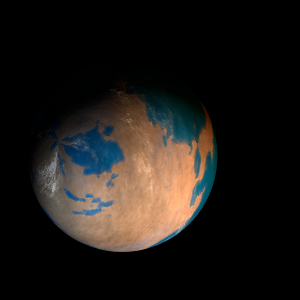|
|
Space Astro
|
Info for exoplanet "Yocou Bo"
| Scientific (actual) data |
|---|
| Planet | Kepler-520 b |
| Planet status | Confirmed |
| Radius | 0.148 |
| Orbital period | 19.6742 |
| Discovered | 2016 |
| Updated | 2021-02-05 |
| Tconj | 2455010 |
| Publication | Announced on a website |
| Detection type | Primary Transit |
| Alternate names | 2MASS J19324327+4137039 b, K00307.01, KIC 6289257 b, KOI-307 b, KOI-307.01, WISE J193243.24+413704.0 b |
| Star name | Kepler-520 |
| Right ascension | 293.18° |
| Declination | 41.62° |
| Mag j | 11.806 |
| Mag h | 11.552 |
| Mag k | 11.488 |
| Star distance | 492 |
| Star metallicity | -0.03 |
| Star mass | 1.1 |
| Star radius | 1.09 |
| Star age | 2.04 |
| Star temperature | 6112 |
| Star alternate names | 2MASS J19324327+4137039, KIC 6289257, KOI-307, WISE J193243.24+413704.0 |
| Wikipedia article | Kepler-520 b |
Back
| |
| Fictional info (?) |
|---|
| Suggested name | Yocou Bo |
| Planet type | Cold planet |
| The planet is named after the deity Yocou Bo, the god of nature.
Yocou Bo is gravitationally locked with Kepler-520 in a 5:4 spin-orbit resonance, and rotates in a way that is unique in its solar system.
The formaldehyde has probably photodissociated, and the free ammonia has been swept into interplanetary space by the solar wind because of the lack of a hydrogen deuteride (HD) layer.
Yocou Bo's thick clouds make observation of its surface challenging in infrared light, and the first detailed maps did not emerge until the arrival of the Magellan orbiter 68 years ago. |
| Atmosphere | Ammonia | 81% |
| Nitric oxide | 14% |
| Formaldehyde | 3.3% |
| Hydrogen deuteride (HD) | 1.6% |
| Carbon monoxide | 3.0E-6% |
| Atmospheric pressure | 10 bar |
 |
| No known satellites |
| Google search for Yocou bo |
|
Website by Joachim Michaelis
|
|
|
|